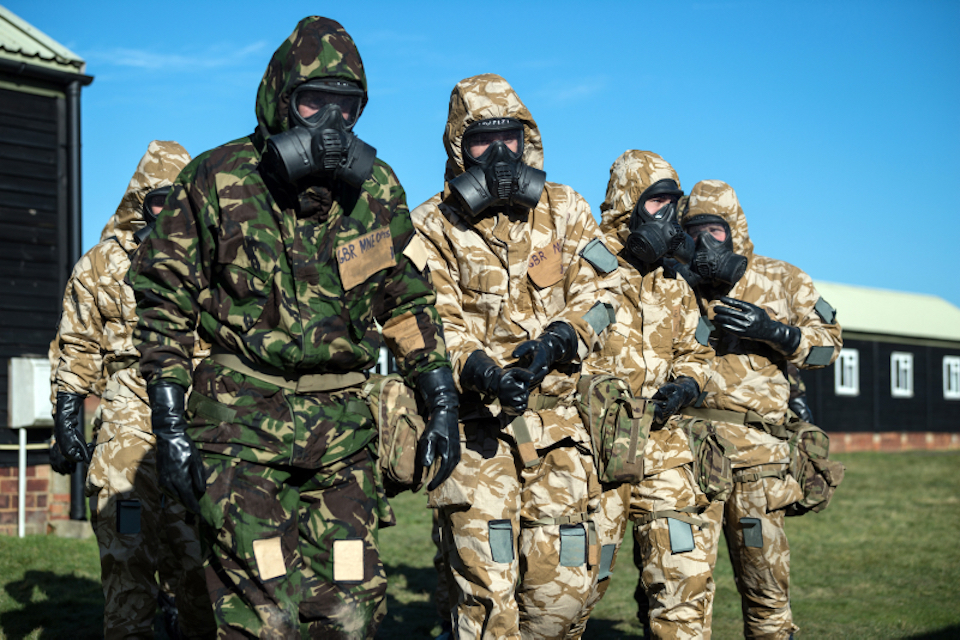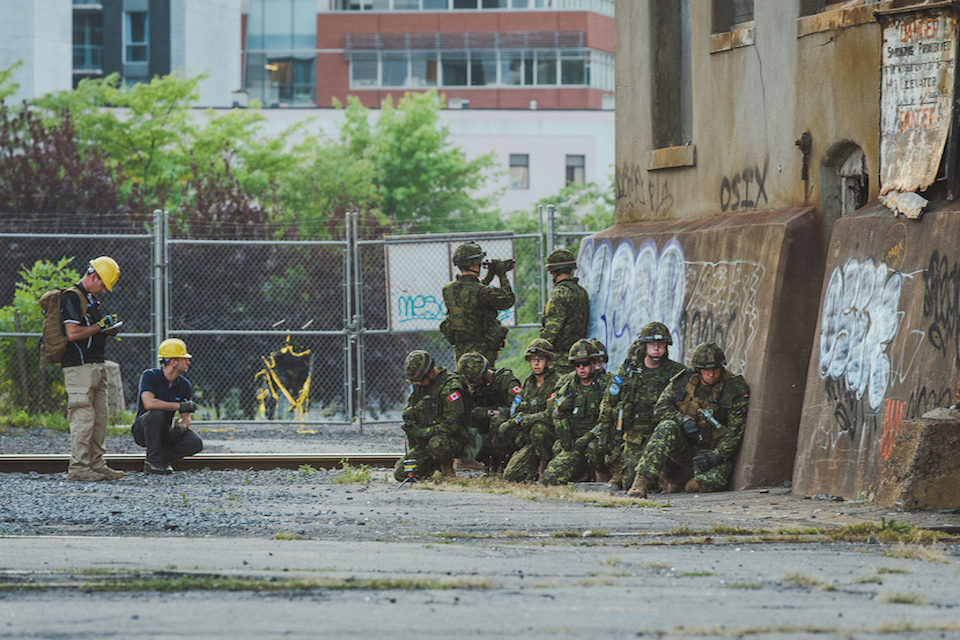News story: Cadet Forces increase social mobility and help young people’s self-belief, new report finds
Defence Secretary Gavin Williamson has welcomed an independent report highlighting the positive effects of Cadet Forces as dozens of new units across the UK are approved.
The University of Northampton’s independent report, published today, finds that joining the cadets offers a range of benefits to individuals and the wider community. Following research across the entire cadet organisation, the report outlines the huge positive impact that Cadet Forces have on social inclusion, mobility and the mental wellbeing of young people.
Speaking today at Aston University Engineering Academy, a state school with an RAF Cadet Force, the Defence Secretary also announced the approval of 30 new cadet units in schools across the UK. Part of the Cadet Expansion Programme, these latest approvals bring the total of units up to 472, benefiting approximately 43,000 cadets.
Speaking at the academy, Defence Secretary Gavin Williamson said:
Being a cadet offers students unrivalled opportunities to develop new skills, enjoy unforgettable life experiences, and be inspired by our world class Armed Forces.
This report confirms that joining the cadets gives people from all communities the confidence to succeed in life and I’m pleased these latest approvals for new units will give even more young people the opportunity to join the cadets.
The report concludes that being a member of the Cadet Forces:
-
increased an individual’s belief in their ability to complete specific tasks;
-
improved their motivation;
-
improved school attendance and led to better behaviour and attitudes; and
-
may lead to greater academic success which can contribute to increasing social mobility.
Many respondents commented on how being a member of a Cadet Force had improved their confidence, teamwork skills and homework completion. The report also identified links with resilience, leadership, teamwork, attendance, behaviour and communication skills.
Professor Simon Denny, Executive Dean: Research, Impact and Enterprise, The University of Northampton said:
The evidence so far has been overwhelmingly positive and demonstrates that the Cadet Forces make a huge difference to improve school attendance, develop confidence and help young people become more successful.
The new cadet units, established under Cadet Expansion Programme, are backed by £50 million funding from LIBOR funds, which pays for set up costs, cadets uniforms, equipment and training.
The schools that will be setting up new cadet units are:
- Alton School – Hampshire
- Armadale Academy – West Lothian
- Arthur Mellows Village College – East Anglia
- Birkenhead High School Academy – Merseyside
- Blessed John Henry Newman Roman Catholic College – Greater Manchester
- Broadoak Mathematics and Computing College – Somerset
- Camborne Science and International Academy – Cornwall
- Cardiff and Vale College – Cardiff
- Chatham & Clarendon Grammar School – Kent
- Chatham Grammar School for Girls – Kent
- Dame Elizabeth Cadbury School – West Midlands
- East Norfolk Sixth Form College – East Anglia
- Gateacre School – Merseyside
- Harris Academy Chafford Hundred – Essex
- Ixworth Free School – East Anglia
- John Lyon School – Harrow
- La Retraite Roman Catholic Girls’ School – London
- Liverpool Life Sciences UTC – Merseyside
- Llandarcy Academy of Sport – Glamorgan
- Millfield School – Somerset
- Reading UTC – Berkshire
- Stamford Welland Academy – East Midlands
- Streatham and Clapham High School – London
- The Boswells School – Essex
- The De La Salle Academy – Merseyside
- The Stockwood Park Academy – Bedfordshire
- Thistley Hough Academy – West Midlands
- Torquay Academy – Devon
- Walkden High School – Manchester
- Wellacre Technology Academy – Lancashire

